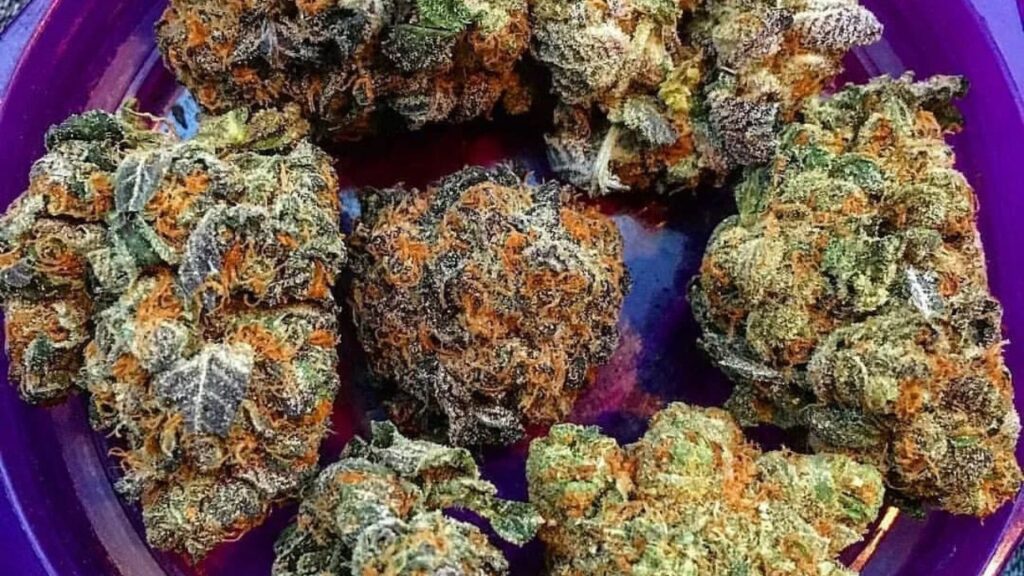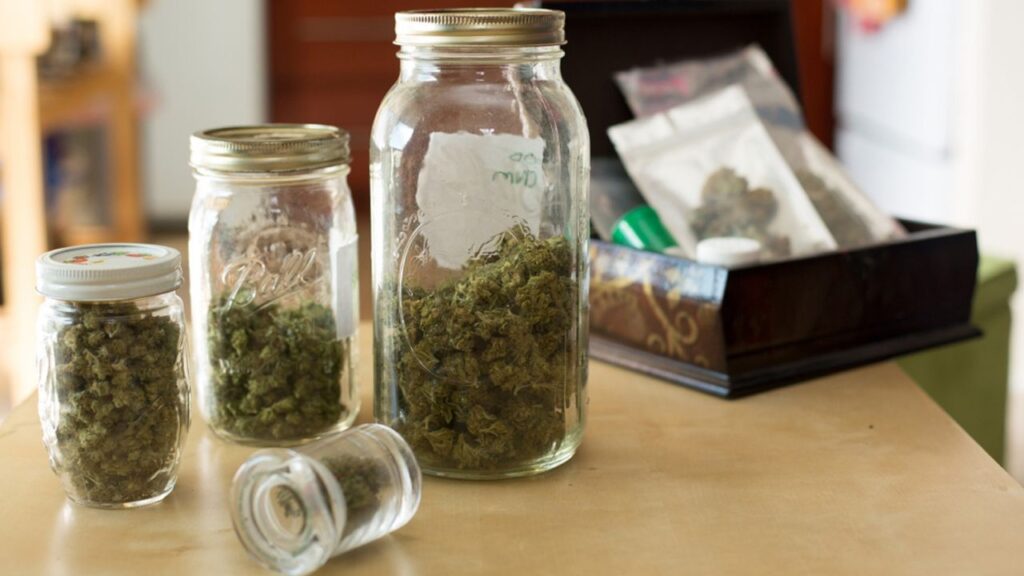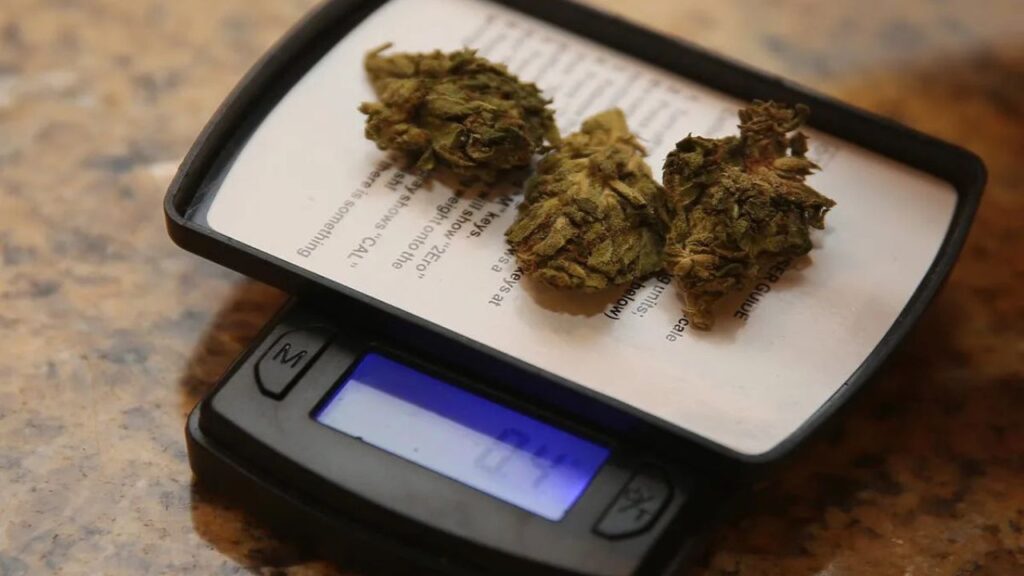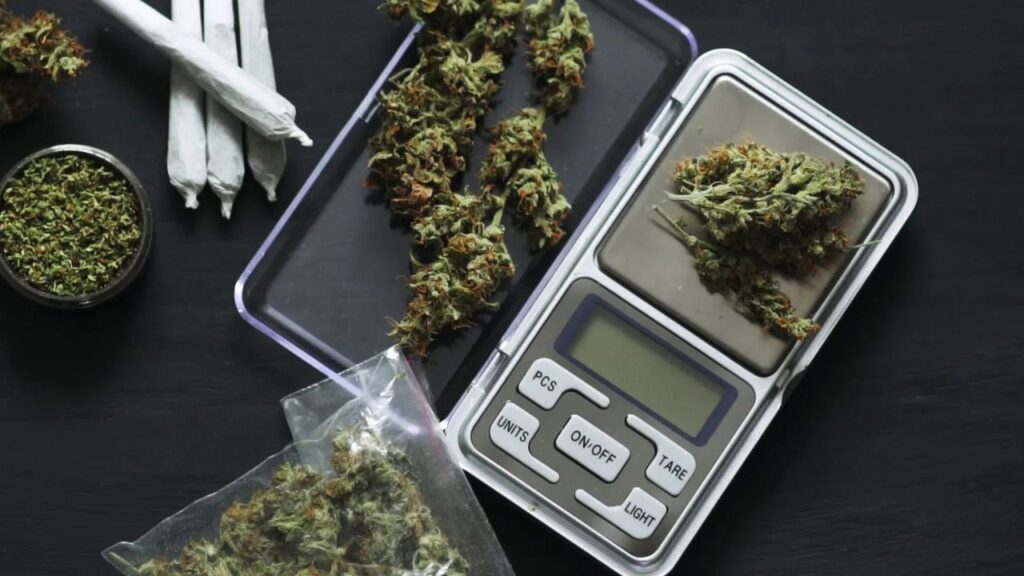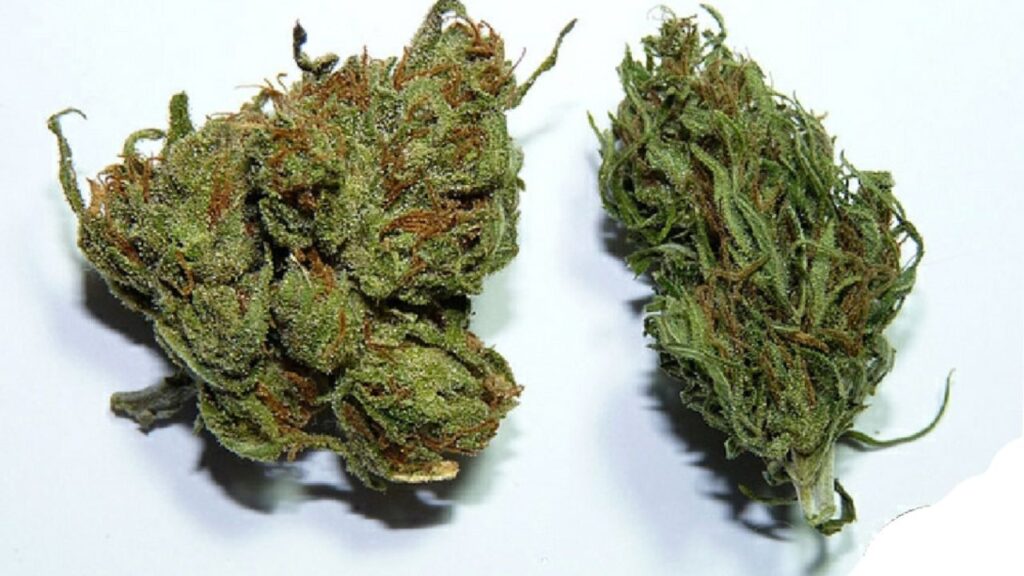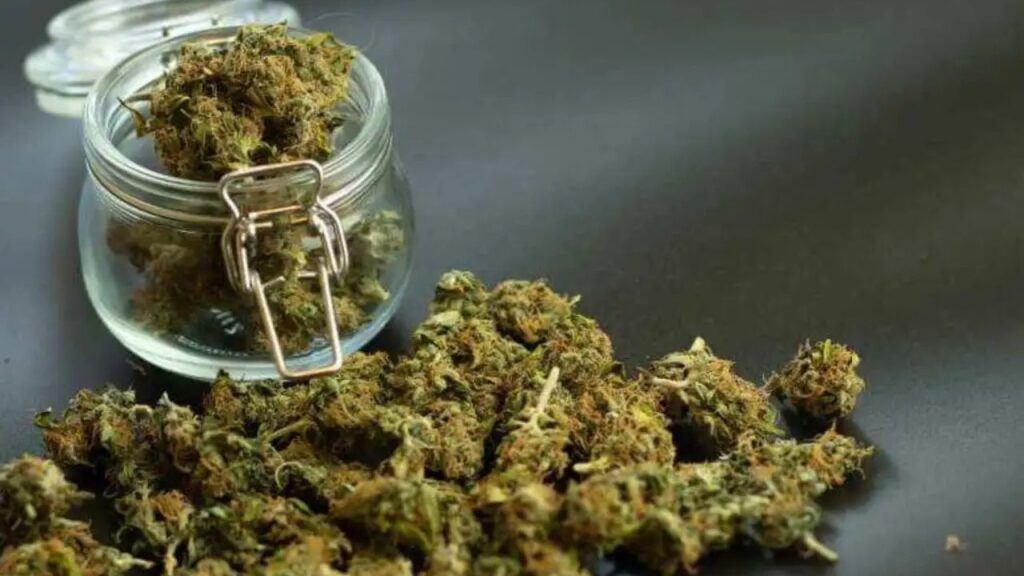Understanding the pricing of marijuana is essential in today’s fast-evolving cannabis market. Whether you’re a medical patient, recreational user, or seller, knowing what influences marijuana prices helps you make smarter choices. How much is a pound of marijuana? Prices can vary significantly depending on quality, strain, location, and whether it’s sold legally or on the black market.
For consumers, understanding costs means avoiding overpaying and knowing when a deal is too good to be true. For sellers and dispensaries, it’s about staying competitive while maintaining profit margins. Price also impacts product accessibility, especially for those who rely on cannabis for medical relief.
The purpose of this blog post is to break down how marijuana is priced. We’ll look at common cost factors, average prices by weight and type, and what you should watch out for when buying or selling. Whether you’re new to cannabis or an experienced user, this guide will help you navigate pricing confidently.
Understanding Marijuana Measurements
When it comes to buying or selling marijuana, how much a pound of marijuana understanding the weight measurements is essential. Cannabis is typically measured in grams, ounces, and pounds. A gram is the smallest common unit and is usually enough for a few joints or a small bowl. An eighth (1/8) of an ounce equals about 3.5 grams, while a quarter (1/4) is 7 grams. A half-ounce (1/2) is 14 grams, and a full ounce is 28 grams. For large-scale sales or growers, marijuana is measured in pounds, with one pound equal to 16 ounces or about 448 grams.
Being able to convert between measurements is crucial. For example, knowing that 1 ounce = 28 grams helps you understand pricing per gram when buying bulk. It’s also helpful when comparing prices across different regions or sources.
The industry also uses slang terms like “dub” (usually $20 worth, about 1-2 grams), “zip” (an ounce), and “QP” (quarter pound). Understanding this lingo makes transactions easier and prevents confusion. Whether you’re a casual buyer or managing inventory for a dispensary, knowing the standard units and terms used in cannabis sales ensures accuracy, transparency, and smarter financial decisions in every transaction.
Current Market Prices for Marijuana
A. Factors Influencing Marijuana Prices
- Quality and Strain
- The quality and type of cannabis strain significantly affect pricing. Premium, top-shelf strains—especially those with high THC levels or unique terpene profiles—command higher prices. Exotic or designer strains like Gelato, Runtz, or Wedding Cake can cost more than common varieties due to breeding, potency, and flavor.
- Location and Legality
- Prices vary based on the region’s legal status. In states or countries where marijuana is legal and regulated, competition drives prices down. In contrast, in illegal or gray markets, limited access and legal risks increase costs. For example, cannabis is cheaper in Oregon and California than in states with restricted access.
- Supply and Demand Dynamics
- Seasonal harvests, crop yields, and consumer demand also affect prices. Oversupply in a saturated market can lead to price drops, while shortages—caused by crop issues or regulatory limits—can drive prices up rapidly.
B. Average Price Range for a Pound of Marijuana
As of 2025, how much is a pound of marijuana average price of a pound of marijuana varies widely. In legal states like California or Colorado, prices for mid-range cannabis hover around $800 to $1,200 per pound, while premium indoor-grown strains can reach $1,500 to $2,000. In illegal markets or restricted states, prices may climb to $2,500 to $3,500 per pound or higher. Bulk purchases, grower deals, and seasonal discounts can further affect pricing.
How Much is a Pound of Weed?
A. Breakdown of Costs per Pound
A pound of weed equals 16 ounces or 448 grams. Retail prices per gram range from $5 to $15, depending on quality, which totals $2,240 to $6,720 per pound when sold in smaller amounts. However, bulk buyers—such as dispensaries or large-scale consumers—often pay wholesale rates between $800 and $2,500 per pound.
B. Comparison of Prices Across Different States or Regions
Prices vary significantly by location. In states like Oregon or Colorado, where supply is high and weed is legal, pounds can cost as low as $800 to $1,200. In contrast, states with limited access, like Texas or Georgia, may see pounds priced between $2,500 and $4,000, depending on risk and availability.
C. Variations in Pricing Based on Quality
Low-grade, outdoor-grown cannabis costs less—around $500 to $1,000 per pound—while premium, indoor-grown top-shelf strains often exceed $2,000. Quality affects potency, aroma, and overall consumer appeal.

Calculating the Cost of a Pound of Weed
A. Step-by-Step Guide to Calculating Total Cost
To calculate the total cost of a pound of weed, start with the base price per gram. Multiply that by 448 grams (1 pound). For example, if a gram costs $10, the base cost is $10 × 448 = $4,480. For wholesale purchases, use the flat rate per pound instead.
B. Consideration of Additional Costs (Taxes, Fees)
Legal purchases often include state and local taxes, which can range from 10% to 37%, depending on location. Some states also charge excise taxes or additional retail fees. Add these percentages to the base price. Don’t forget transportation or dispensary service charges if applicable.
C. Example Calculations for Clarity
If a pound is priced at $1,500 and your local tax is 20%, the total cost would be: $1,500 + ($1,500 × 0.20) = $1,800.This method ensures accurate budgeting, whether buying for personal or business use.
How much do dispensaries pay per pound?
Dispensaries typically buy cannabis at wholesale prices, which are significantly lower than retail rates. On average, dispensaries pay between $800 and $2,000 per pound, depending on factors like quality, grow method, strain, and supplier agreements. Outdoor-grown cannabis often costs less, ranging from $800 to $1,200 per pound, while premium indoor-grown flower can fetch $1,500 to $2,000 or more. Dispensaries that purchase in bulk or have direct relationships with growers may negotiate better prices. Additionally, how much a pound of marijuana costs fluctuates by state; legal markets with excess supply, like Oregon or Colorado, often see lower wholesale costs. In contrast, markets with limited production or tighter regulations tend to have higher wholesale prices. Seasonal changes, supply chain issues, and demand surges (like around holidays) can also impact what dispensaries pay. Overall, dispensaries aim to buy low and sell high while maintaining quality to meet consumer expectations and regulatory standards.
How Much Is a QP Sold For?
A QP, or quarter pound of weed, equals 4 ounces or 113 grams. The price of a QP varies depending on location, quality, and legality. In legal states like California or Oregon, where cannabis is abundant, a QP of mid-grade flower typically sells for $300 to $600. For high-end, indoor-grown strains, the price can reach $800 to $1,000 or more. In illegal or limited-access states, QP prices can jump to $1,200 to $1,600, mainly due to risk and scarcity.
Buyers often get discounts when purchasing QPs compared to buying by the gram or ounce. For example, an ounce might cost $150, but four ounces in a QP might go for $500 instead of $600. Dispensaries and dealers factor in bulk pricing, demand, and regional taxes. Overall, buying a QP is cost-effective for regular users or those sharing among friends, though it comes with higher legal risks in non-legal areas.
How Much for a Pound of Weed?
A. Discussion on Wholesale vs. Retail Pricing
Wholesale prices for a pound of weed typically range from $800 to $2,000, depending on quality, strain, and grow method. Retail prices, especially when sold in smaller portions, can add up to $4,000 to $6,000 per pound due to individual gram or ounce markups. Wholesalers sell in bulk at lower rates, while retailers maximize profit through smaller transactions.
B. Insights into Purchasing from Dispensaries vs. Private Sellers
Dispensaries offer lab-tested, regulated cannabis but often charge more due to taxes and compliance fees. Private sellers may offer lower prices, especially in bulk, but with risks, such as uncertain quality or legal consequences in non-legal states. Buying from licensed sources is safer but more expensive.
C. Tips for Negotiating Prices
When buying in bulk, ask about volume discounts. Build relationships with growers or vendors, and compare offers. Always inspect product quality before committing to large purchases. Being informed helps you negotiate better deals.

Understanding the Value of a Pound of Pot
A. Factors That Determine the Worth of Marijuana
The value of a pound of marijuana depends on strain quality, cultivation method (indoor vs. outdoor), THC content, aroma, and appearance. Top-shelf, high-THC strains command higher prices, while lower-grade or outdoor-grown weed is cheaper. The branding and reputation of the grower can also influence value.
B. Market Trends and Their Impact on Pricing
Cannabis prices fluctuate with supply and demand, legalization progress, and how much of a pound of marijuana is in seasonal harvests. For example, harvest season may flood the market and drive prices down, while regulatory restrictions or poor weather can raise them. Trends like craft cannabis or organic flower also impact what consumers are willing to pay.
C. Long-Term Investment Considerations
As cannabis legalization spreads, long-term investors consider stability, demand growth, and branding. A pound’s value may drop as supply grows, but unique, high-quality products retain strong resale value. Investing in premium strains or licensed operations can lead to better profit margins and lower legal risk.
Comparing Costs: 1 Pound vs. 2 Pounds of Weed
A. Price Differences Between Purchasing One Pound and Two Pounds
Buying two pounds of weed usually comes with a discount per pound compared to purchasing a single pound. While one pound might cost between $1,000 and $2,000, buying two pounds could lower the price to around $1,800 to $3,500 total, saving 5-15% per pound depending on the seller and quality.
B. Bulk Buying Advantages and Disadvantages
Bulk buying offers cost savings and convenience for frequent users or businesses. However, it requires more upfront cash and proper storage to maintain freshness. The risk of product degradation or legal consequences also increases if not handled properly.
C. Cost-Effectiveness Analysis
Purchasing in bulk is often more cost-effective due to volume discounts. But buyers must weigh savings against storage costs, product shelf life, and potential legal risks. For regular consumers, buying two pounds can be economical if consumption and storage needs align.
Conclusion
Understanding the costs associated with purchasing marijuana is crucial for both consumers and businesses. Throughout this guide, we covered key factors influencing prices, including quality, location, legality, and market dynamics. We explored how wholesale and retail prices differ, the benefits and risks of buying from dispensaries versus private sellers, and the advantages of bulk purchasing. Knowing how to calculate total costs with taxes and fees can help buyers budget effectively. Staying informed about market trends and pricing fluctuations ensures smarter purchasing decisions and better value for your money. As the cannabis industry continues to evolve rapidly, prices and regulations will change, making ongoing awareness essential. Whether you are a casual user or a business owner, understanding marijuana costs empowers you to navigate the market confidently, negotiate better deals, and optimize your investments. Always stay updated and make choices that align with your needs and local laws.
FAQ
How much is one pound of weed?
How much does one pound of weed typically cost? Prices vary based on location, quality, and legality, ranging from $800 to over $3,000. Are you looking for wholesale or retail prices? Understanding this helps in budgeting your purchase.
How much is a pound of weed?
What’s the current market price for a pound of weed? Costs depend on factors like strain quality and state regulations. Are you considering buying from a dispensary or a private seller? Knowing the average prices can help you make a smart choice.
How much does a pound of weed cost?
Curious about the cost of a pound of weed? Depending on your region and product quality, it can cost anywhere between $800 and $3,500. Do you want to know about wholesale vs. retail pricing differences?
How much is a lb of weed?
What is the price of a lb of weed in today’s market? Costs fluctuate by state laws, strain, and supply levels. Are you buying legally or in an unregulated market? Knowing this helps you understand price ranges.
Read More>>>>>>> How to Calculate the Cost of a Pound of Marijuana


